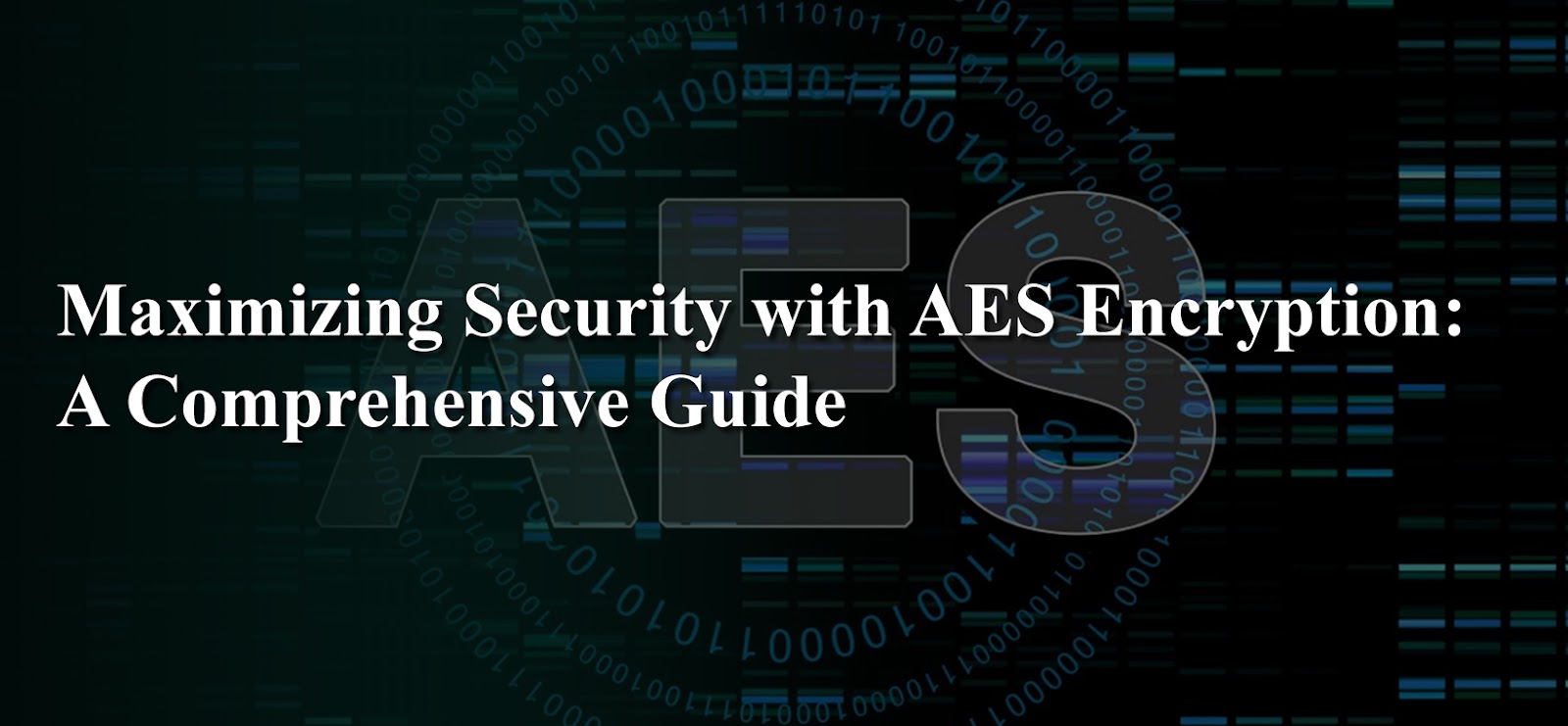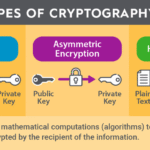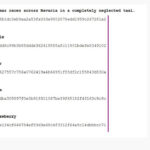In the convoluted landscape of digital security, the Advanced Encryption Standard (AES) is frequently lauded as a paragon of reliability and robustness. Initially adopted by the U.S. National Institute of Standards and Technology in 2001, AES has since become the global standard for encrypting information. Yet, beneath its metallic sheen of trustworthiness lies a labyrinth of complexity that invites probing skepticism. Can AES truly guarantee perfect security? This inquiry leads us not into the realm of absolutes, but rather into a multifaceted analysis of cryptographic integrity, potential vulnerabilities, and the context in which AES operates.
AES operates on the principle of symmetric key encryption, wherein the same key is utilized for both encryption and decryption processes. With a key length that can vary—128, 192, or 256 bits—one might infer that the longer the key, the more secure the encryption. At face value, it appears AES offers an impenetrable fortress against hostile adversaries. Yet the immutable question lingers: is absolute security achievable, or merely an alluring myth?
To delve into this enigma, one must first consider the operational environment of AES. Every cryptographic system is a synthesis of algorithms, hardware, and user practices. In an ideal scenario, when implemented correctly, AES presents formidable defenses against unauthorized data access. However, the very act of encryption does not exist in a vacuum. The security of AES is dependent upon several critical factors, including key management, implementation methodology, and the continuous evolution of cryptographic attacks.
Let’s pivot our focus to key management—a pivotal aspect often glossed over in discussions about cryptography. The theoretical strength of AES is undermined if the keys are poorly managed or easily discoverable. Attack vectors can exploit weak passwords, social engineering techniques, and insecure storage mechanisms. In practical scenarios, even the most advanced algorithms can fall victim to human errors. A quintessential example involves the tendency of individuals and organizations to reuse cryptographic keys, thereby introducing vulnerabilities that could lead to catastrophic breaches.
Moreover, the implementation of AES can be susceptible to myriad vulnerabilities. Software bugs and inadequate configurations present opportunities for adversaries to pierce the veil of security. For instance, side-channel attacks can glean valuable information from the device’s physical emissions—such as power consumption and electromagnetic leaks—during the encryption process. Even minor oversights in code can lead to significant exploitable weaknesses, highlighting that a correctly applied AES system is not synonymous with unassailable security.
Now, consider the adversaries lurking in the shadows. The evolution of hacking techniques is commendable, if not alarming. As cryptographers labor to enhance encryption standards, hackers simultaneously innovate and adapt their strategies. Techniques like quantum computing loom on the horizon, presenting a formidable challenge to current cryptographic paradigms. Quantum algorithms, such as Shor’s algorithm, can potentially dismantle traditional encryption methodologies, including public key cryptography systems upon which many secure communications rely. Although AES is currently thought to resist quantum attacks, the very future is rife with uncertainties.
Furthermore, there lingers the philosophical question of “perfect security.” Can an encryption system ever guarantee absolute security against all conceivable threats? It is essential to recognize that security operates within a probabilistic framework. AES can provide an exceedingly high level of security, yet it cannot render itself immune to every conceivable form of attack. As the adage goes in the field of cryptography: “There are two kinds of cryptographers—those who have been broken, and those who will be.” This stark reality unveils the intricate balance between optimal security and practical usability.
Context also plays a crucial role in evaluating AES’s reliability. The definition of security is inherently mutable, varying between organizations, industries, and individual users. A security system deemed effective in one domain may falter under differing conditions. For instance, AES may provide exemplary safeguards for sensitive governmental data, but its adequacy could be lessened for personal data stored on consumer-grade devices, attached to networks riddled with vulnerabilities.
Nevertheless, the perception of AES as a stalwart protector persists. Various governmental and financial institutions continue to endorse its implementation, and many analysts assert that, when utilized as intended, it remains one of the most secure encryption standards available today. This raises an intriguing consideration: while AES may not guarantee invulnerability, can it still be deemed an essential component of a comprehensive security strategy?
Experts frequently advocate for a multi-layered approach to security. Employing AES, combined with additional protective strategies such as distributed systems, regular security audits, and robust disaster recovery plans, can enhance overall data protection. This multifaceted strategy not only fortifies defenses but also fosters an organizational culture focused on continual adaptation to emerging threats.
In conclusion, while AES is undoubtedly a significant player in the realm of encryption, promising substantial levels of security, it is imperative to approach its capabilities with a discerning perspective. The assertion that AES can guarantee perfect security is an illusion; rather, it serves as a formidable barrier against many threats when properly employed and supported by rigorous security practices. Navigating the complexities of digital security requires more than reliance on a single encryption standard—it necessitates an understanding of the vulnerabilities inherent in any system, the evolving landscape of threats, and the implementation of a holistic approach to safeguarding information.









Leave a Comment